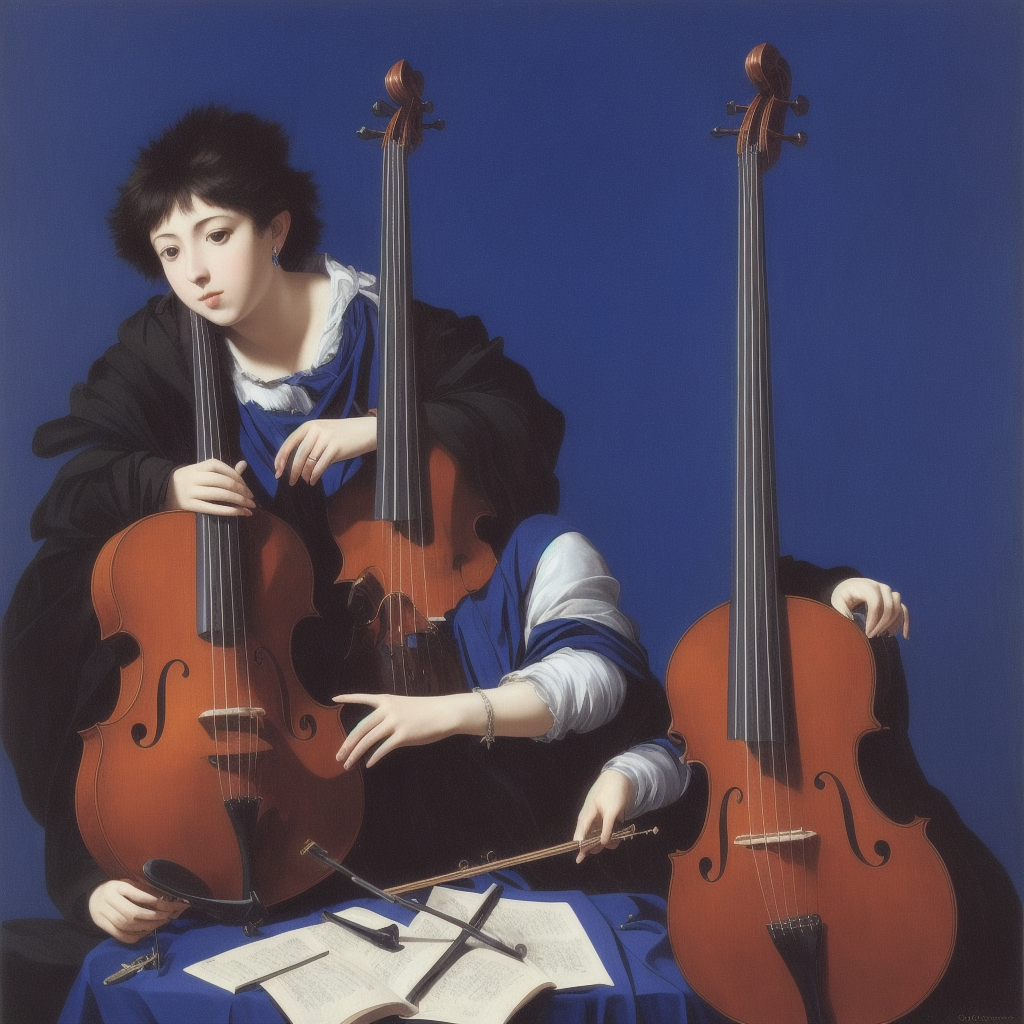Caravaggio and the color Blue

Caravaggio, the iconic Baroque painter of the late 16th and early 17th centuries, is renowned for his masterful use of light and shadow, as well as his innovative approach to color. One hue that stands out in Caravaggio's works is blue, which he applied in a distinctive and impactful manner.Historical Context:During Caravaggio's era, the color blue was considered a luxurious and expensive pigment, often reserved for depicting the Virgin Mary or other noble or divine figures. Blue pigments, such as ultramarine made from crushed lapis lazuli, were highly valued and used sparingly by artists due to their cost. Caravaggio, however, broke away from tradition by incorporating blue into his compositions in unexpected and powerful ways.Artistic Technique:Caravaggio's use of blue was marked by its stark contrast against the dark backgrounds and dramatic lighting characteristic of his style. He often used blue to create an intense focal point within his paintings, drawing the viewer's eye to specific areas of the canvas. The deep, rich tones of blue in Caravaggio's works added depth and emotional resonance to his scenes, enhancing the sense of drama and mystery in his compositions.Imaginative Interpretation:One interpretation of Caravaggio's use of blue suggests that it represents a symbolic shift in the perception of the color. Rather than being confined to traditional religious motifs, Caravaggio's blue becomes a dynamic element that conveys a range of emotions and narratives. In his painting "The Calling of Saint Matthew," for example, the vibrant blue drapery worn by Christ serves as a bold statement of his divine presence, transforming the traditional portrayal of sacred figures.Overall, Caravaggio's innovative use of blue as a tool for storytelling and emotional expression sets him apart as a pioneer in the history of art. By reimagining the role of color in his compositions, Caravaggio created a visual language that continues to captivate viewers and inspire generations of artists to come.